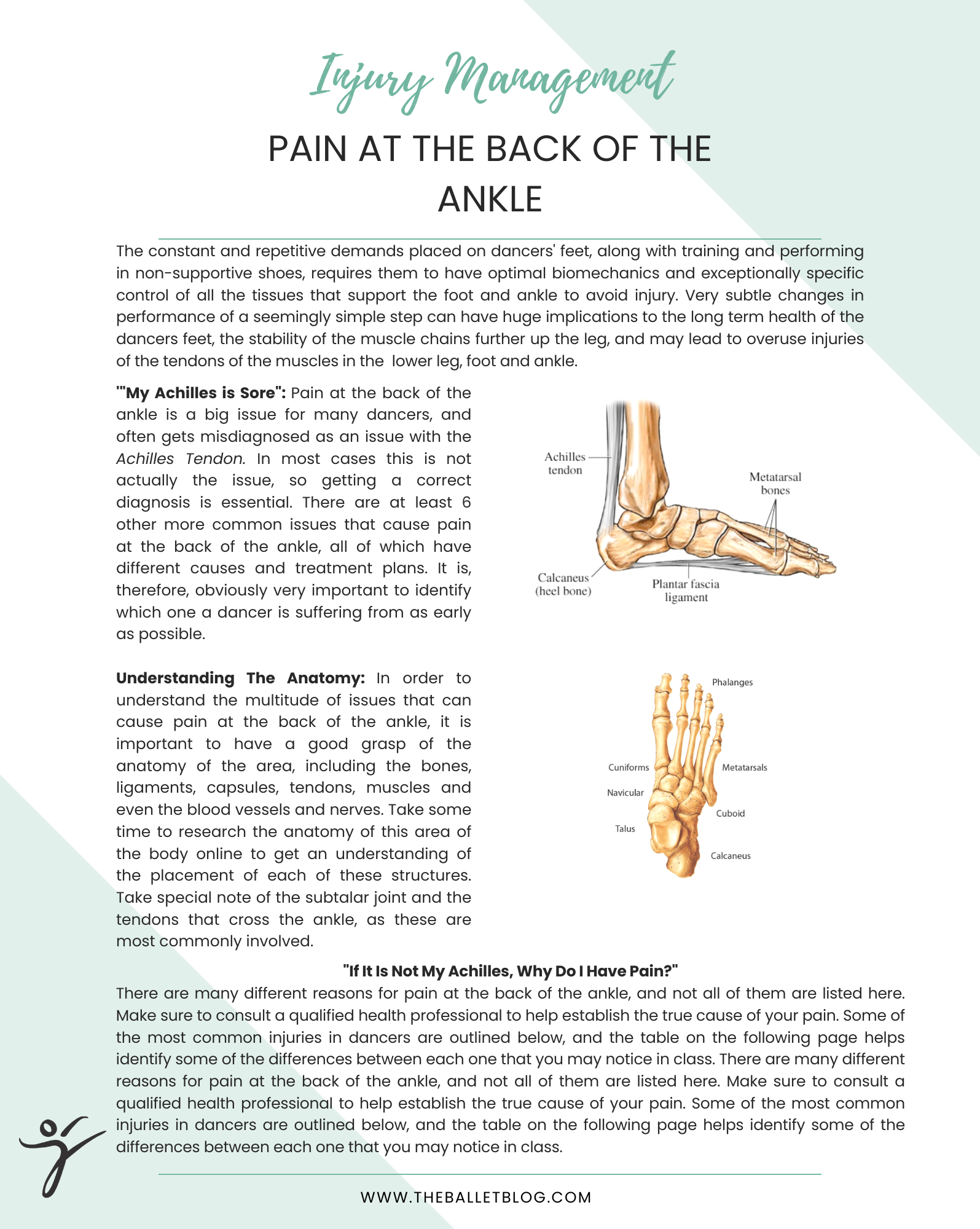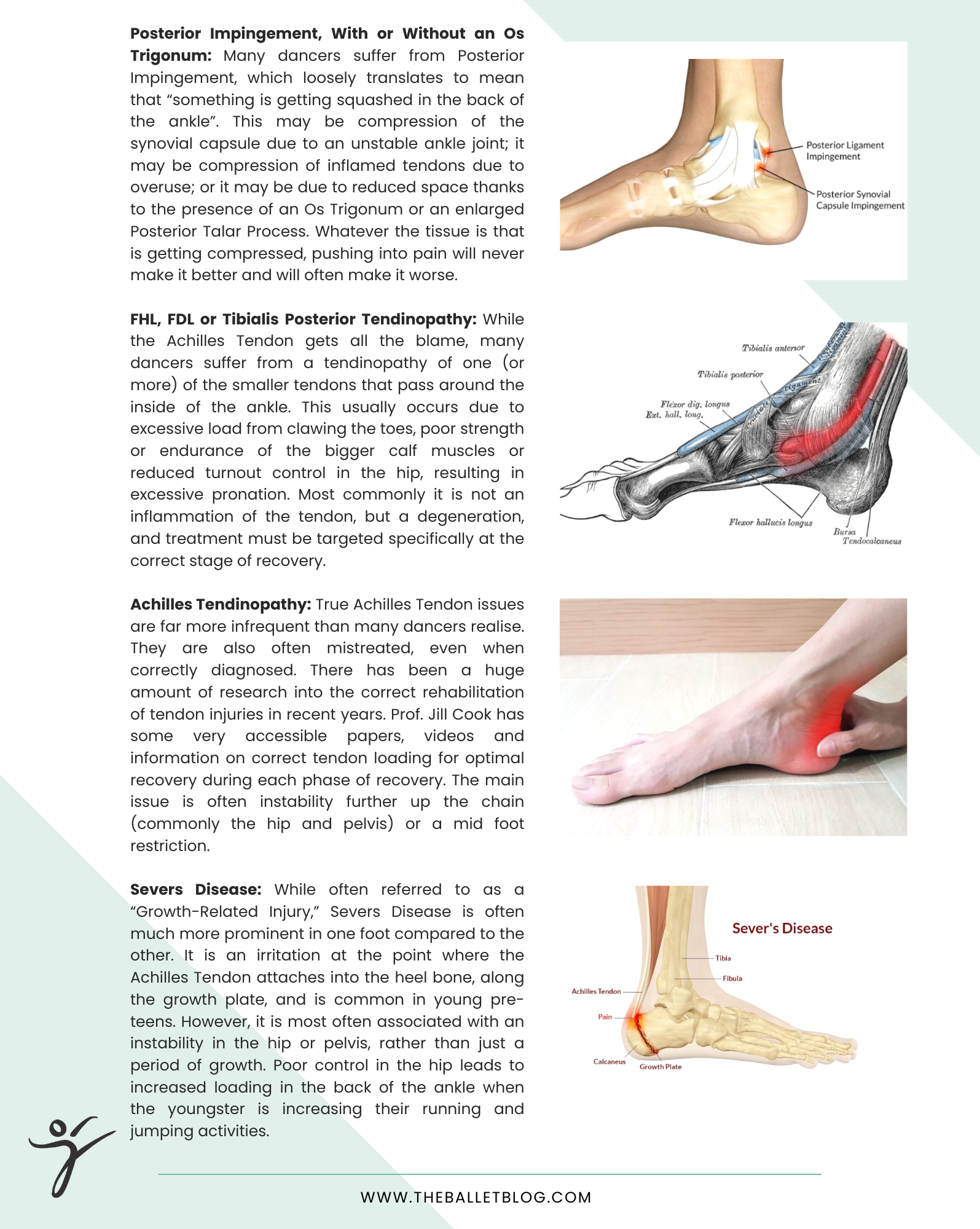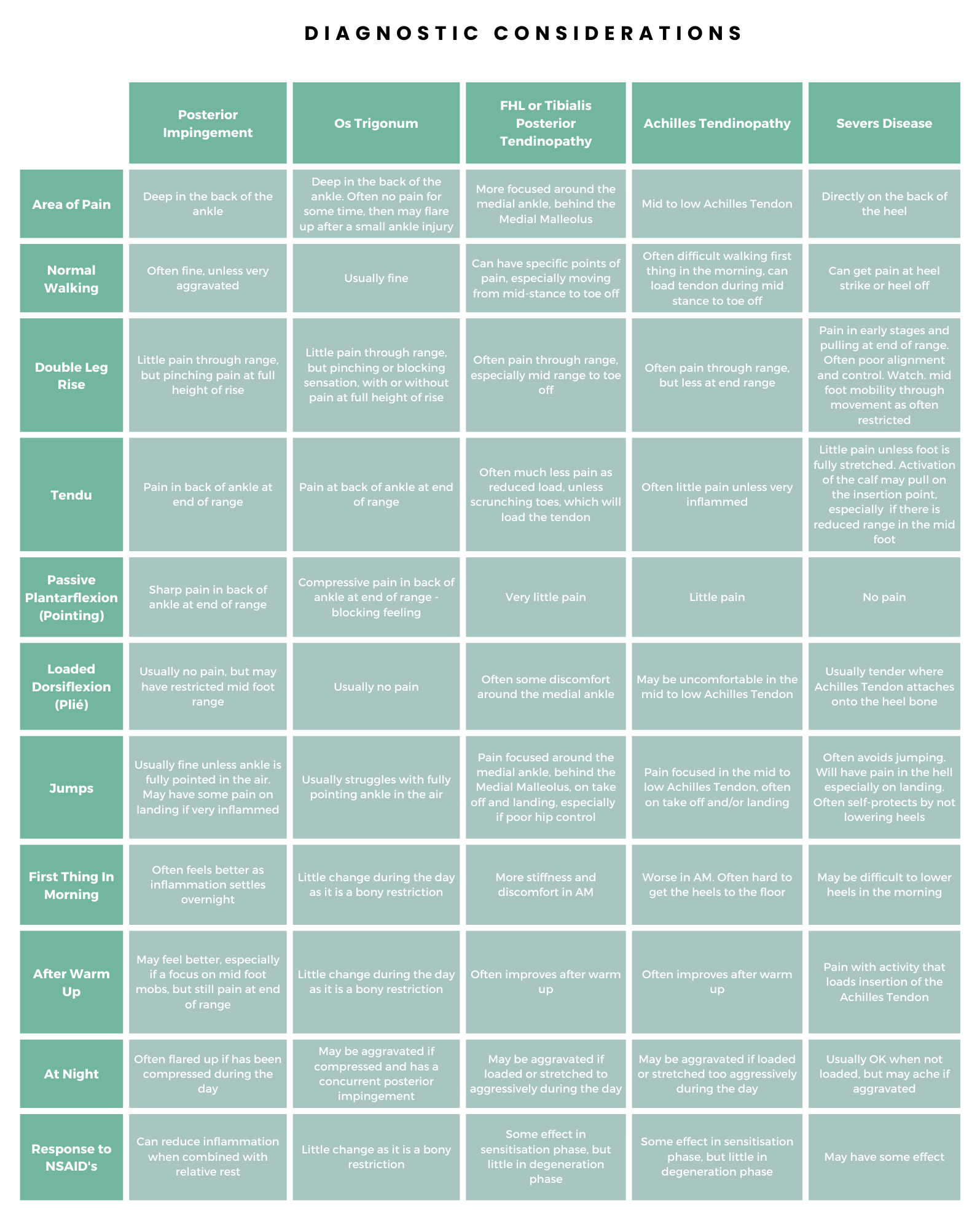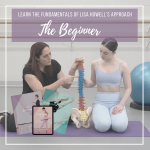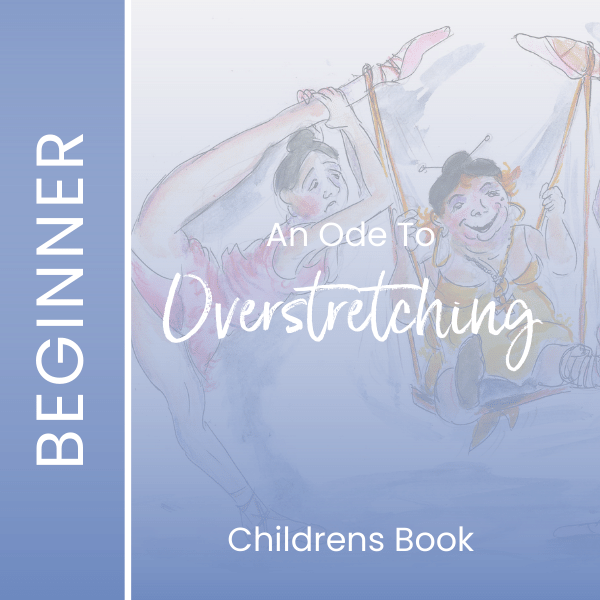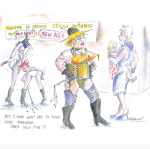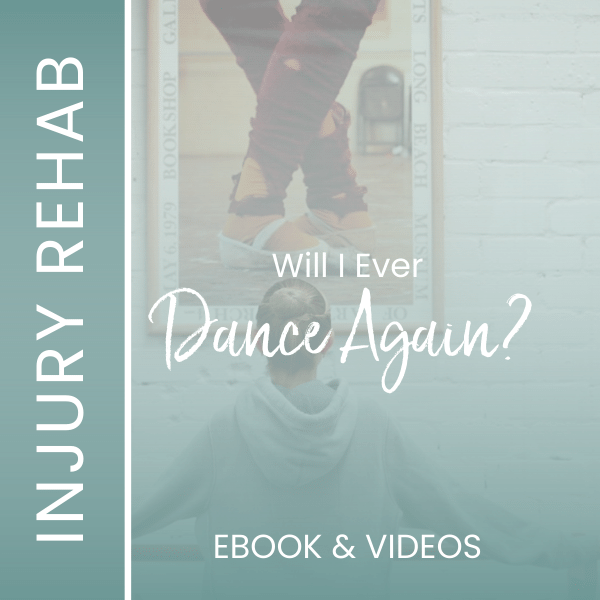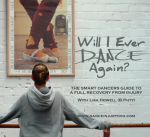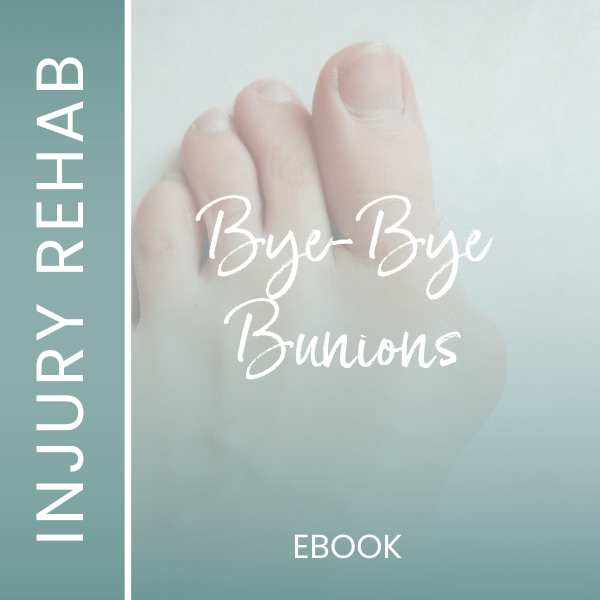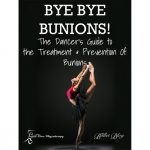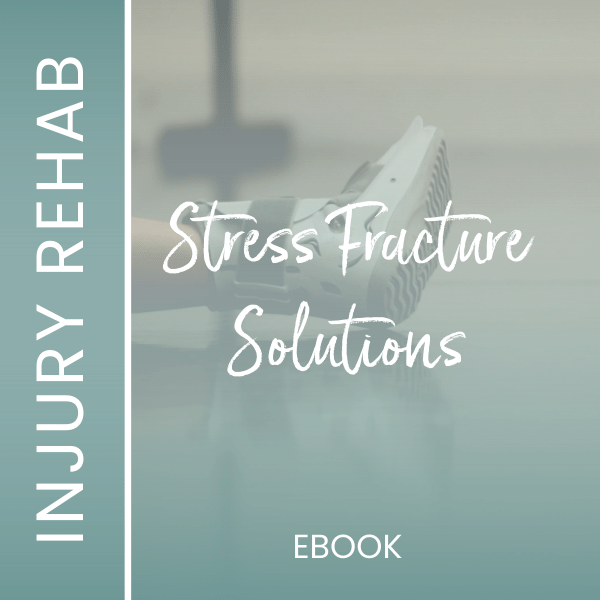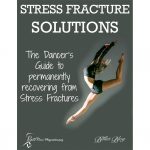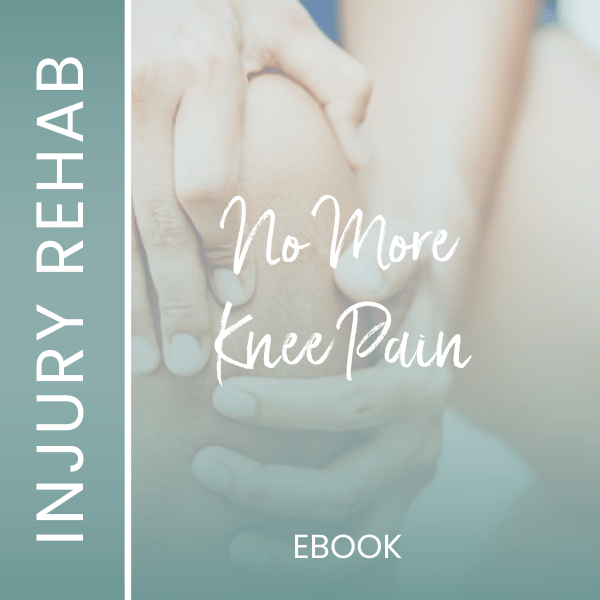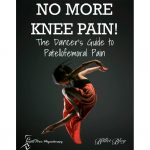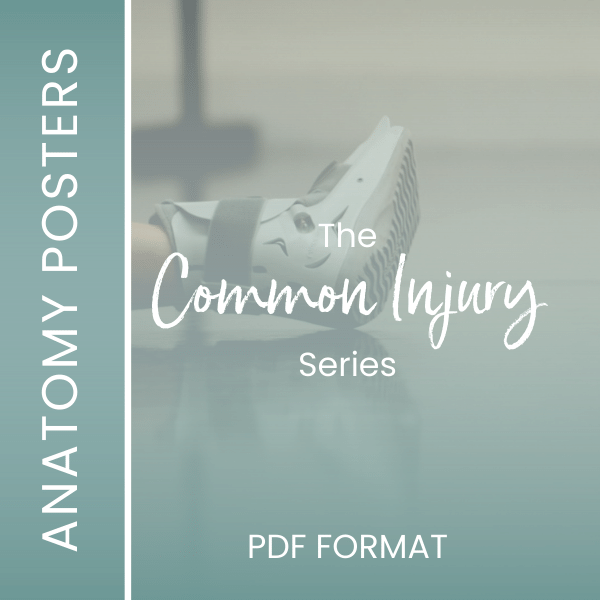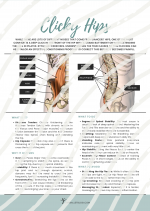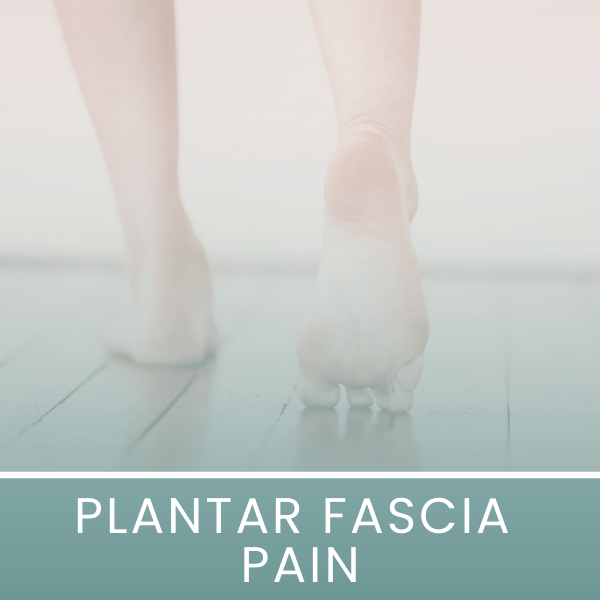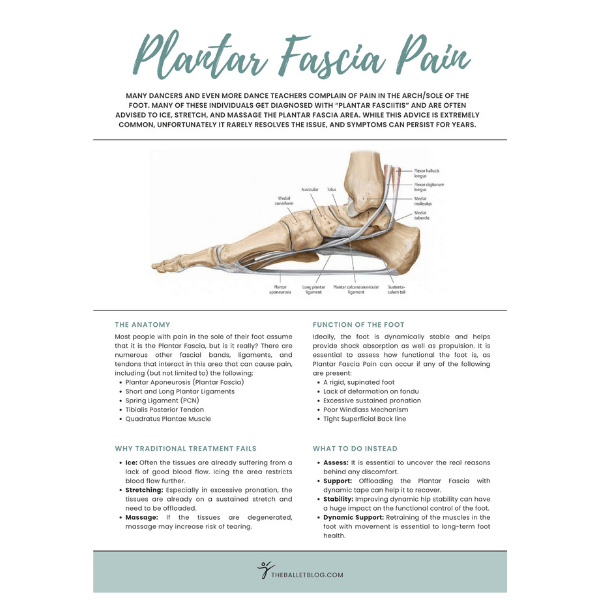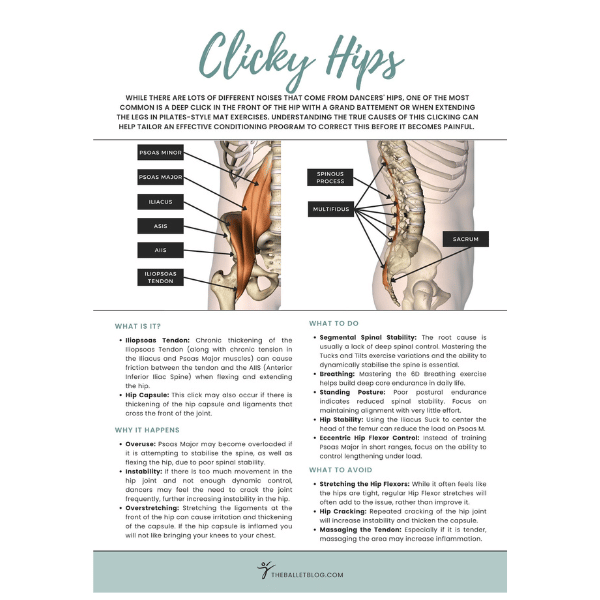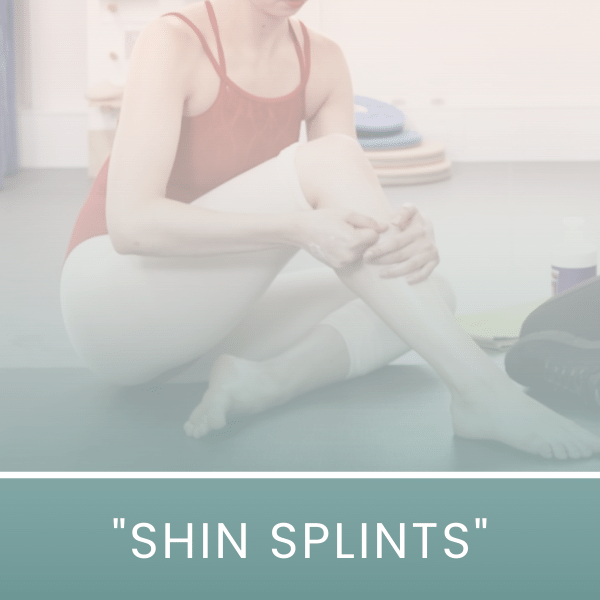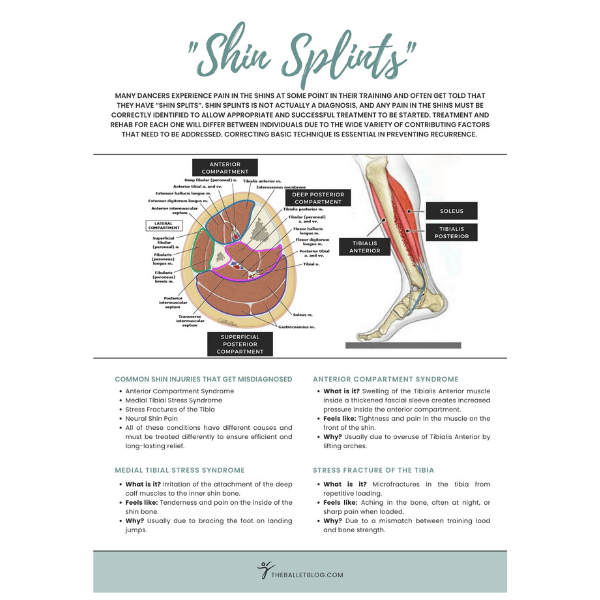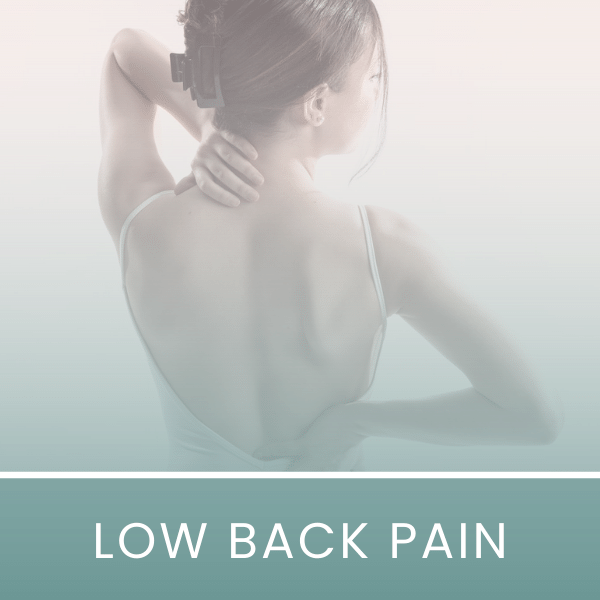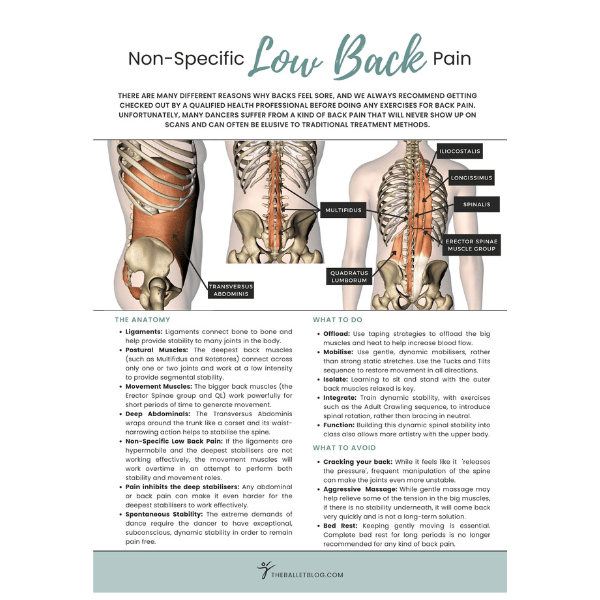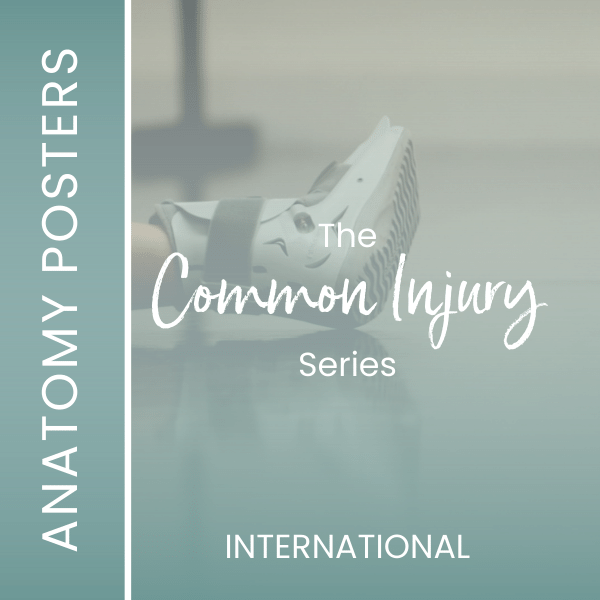Pain at the Back of the Ankle
Pain at the back of the ankle is a big issue for many dancers and often gets misdiagnosed as Achilles Tendinopathy. In many cases, the Achilles Tendon is not actually the issue, so getting a correct diagnosis is essential. Watch the video below, and download our FREE GUIDE to determine what kind of pain you have.
A lot of dancers have issues with pain at the back of the ankle. So this post is all about how to identify which kind of pain you have, in order to help you eliminate it.
There are three main things that you need to focus on.
- Getting an accurate diagnosis to allow optimal treatment.
- Do not repeatedly test it.
- Avoid aggressively stretching the back of the ankle, especially if it is a tendinopathy.
1. Get an accurate diagnosis:
There are many different reasons for pain at the back of the ankle, however, this can be really hard to determine yourself. Getting a correct diagnosis will really guide your treatment because the treatment is quite different for each diagnosis. Make sure to find a qualified health professional who knows a lot about dancer’s feet for the best result! However, learning about each of the different injuries that can give you pain at the back of the ankle can empower you to ensure you are getting the most appropriate treatment. Click on the individual links to learn more about each one, or use the FREE downloadable differentiation guide to help you establish which one you have.
Some examples may include:
- Posterior impingement,
- Os Trigonum
- FHL Tendinopathy (Flexor Hallucis Longus)
- Tibialis Posterior Tendinopathy
- Achilles Tendinopathy
- Sever's Disease
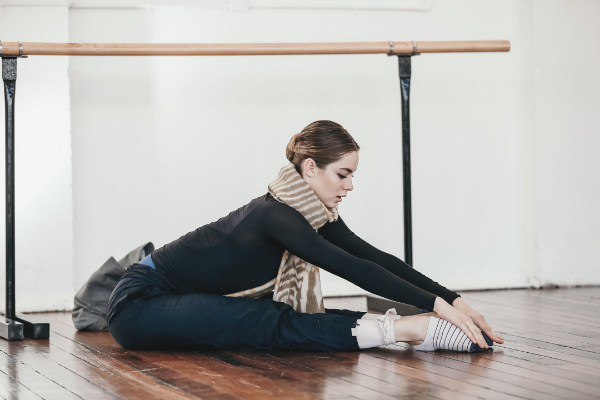
2. Don’t repeatedly test it
This is especially relevant if you have a Posterior Impingement. If you have pain in the back of the ankle, and continually test it to check if it is still sore, it will persist for a very long time. If you've got swollen tissues, and by testing it you compress them some more, they'll get a little bit more inflamed. Inflamed tissues take up more space, causing more compression. I highly recommend taping the foot so that you actually can’t test it, as it's often this is done subconsciously. Check out our Posterior Impingement Management Guide to get all the details on my three-day strategy for settling pain very quickly.
3. Do not aggressively stretch the back of the ankle
When dancers have pain in the back of the ankle they often repeatedly try to stretch it out. Especially if you have a tendinopathy, repeated stretching can actually exacerbate it and make it worse. Part of the tendon rehab will include loading the tendon, but this needs to be done in a very specific, active, and graded way, rather than passively stretching the tissues. Please clarify any mobilisation or stretching exercises that you are with the therapist who you're working with, to make sure that they are okay with your specific diagnosis. Otherwise, you may be undoing the good work that you're doing with the rest of your rehab.
Download our special Pain in the back of the ankle - Differentiation Guide to understand the differences between each of the common reasons for pain in the back of the ankle, using the chart of symptoms.
Injury & Foot Resources
If you are looking to delve deeper into this topic, check out the following programs:
- Will I Ever Dance Again: The “Will I Ever Dance Again?” program is perfect if you are unable to train at full capacity, whether this is due to a foot injury, surgery, an accident or illness outside of the studio. It helps you build back to full capacity gradually while maintaining strength, flexibility and control in the rest of the body.
- Level One Dance Teacher and Therapist Training: This unique course covers a multitude of assessment and treatment techniques to individualise a dancer's training. With special focuses on Postural Control, Core Stability, Flexibility, Basic Classical Technique, The Dancers Hip, Allegro, Spinal Mobility and Arabesques, it is suitable for anyone working closely with dancers.


